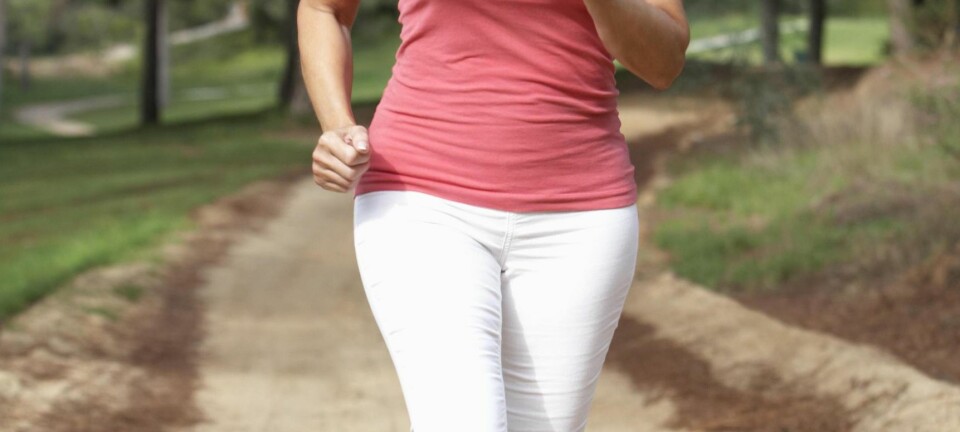
Simple exercises in your coffee break relieve pains
Good news for office-workers: the effects of exercise to relieve neck and shoulder pains are good – no matter where, how or how often you train.
Office-workers with pains in the neck or shoulders need not stick to a defined training programme with fixed elements when they want to get relief from their pains.
The effect is the same no matter whether they exercise various groups of muscles once a week or every day, if the total exercise time is the same.
This is shown by new research carried by Christoffer Højnicke Andersen, who has just defended his PhD thesis at the University of Southern Denmark’s Institute of Sports Science and Clinical Biomechanics.
Bend and stretch your body when getting coffee
The study shows a significant pain reduction in sore muscles in everyone who carries out targeted strength training of the neck and shoulder muscles for at least one hour a week – and it doesn’t matter whether you exercise in short intervals or for one hour-long session, because the effect is the same.
Organising exercise sessions individually according to the business’s structure and the employees’ work gives enormous flexibility.
Andersen emphasises that this is good news for businesses as well as for their staff, as exercise can be adapted to suit a busy working day without affecting the work itself.
“You can exercise for a few minutes while waiting for the coffee dispenser to make your cup of coffee just as easily and effectively as when you exercise every Wednesday afternoon for an hour,” he says. “But your total time spent exercising must be the same.”
Over a 20-week period, Andersen studied whether there were any differences in the effects of:
- 1 x 1-hour exercise session every week
- 3 x 20-minute exercise sessions every week
- 9 x 7-minute exercise sessions every week
Test subjects were divided into three groups with a total of one hour’s exercise a week. They followed a fixed programme with hand weights, and regardless of whether they exercised once a week or nine times a week (for a total of one hour) the programme they followed was the same.
“Organising exercise sessions individually according to the business’s structure and the employees’ work gives enormous flexibility,” says the researcher.
Two effective types of exercise
The studies also showed that there are two ways of exercising the neck and shoulders. Both relieve pains that arise from sedentary office work.
- The first method is strength training of the muscle that most frequently gives pain – the upper trapezius, which is located between the neck and the shoulders. As a rule, pains start in the upper trapezius, and previous studies have shown that strength training aimed at this muscle is beneficial for sufferers of shoulder/neck pains.
- The second method is exercising the muscles around the upper trapezius, which is the method in Andersen’s study.
“When a muscle is painful, what we call a compensation pattern arises in the muscles around it and these muscles work harder to relieve the painful muscle,” he says. “You can compare it to working on an assembly line. If anyone takes even a short break, the colleagues must work extra hard to keep the line going.”
Although the pain starts in one muscle, complications will most probably expand the pain to other muscles around the origin of the pain.
“Exercising the surrounding muscles is just as effective as exercise aimed specifically at the upper trapezius,” says Andersen. Varying the exercise effort between the upper trapezius and the surrounding muscles is therefore beneficial.
Always have elastic bands with you for exercise
Exercising on a busy working day should be both possible and easy. This is one of Andersen’s cardinal arguments, and as a consequence, the exercise programmes he has helped develop are simple and easy to carry out.
“I use large elastic bands more and more instead of hand weights,” he says. “Elastic bands are both cheaper and lighter to have with you – and you can keep them in your desk drawer and take them with you when you go to get coffee from the coffee dispenser.”
Andersen compares exercise to taking a pain-relieving tablet:
“When you feel pain, you just do your exercises,” he says. “This relieves the pain. You might just as well take ownership of your pains and manage them yourself.”
------------------------------
Read this article in Danish at videnskab.dk
Translated by: Michael de Laine










